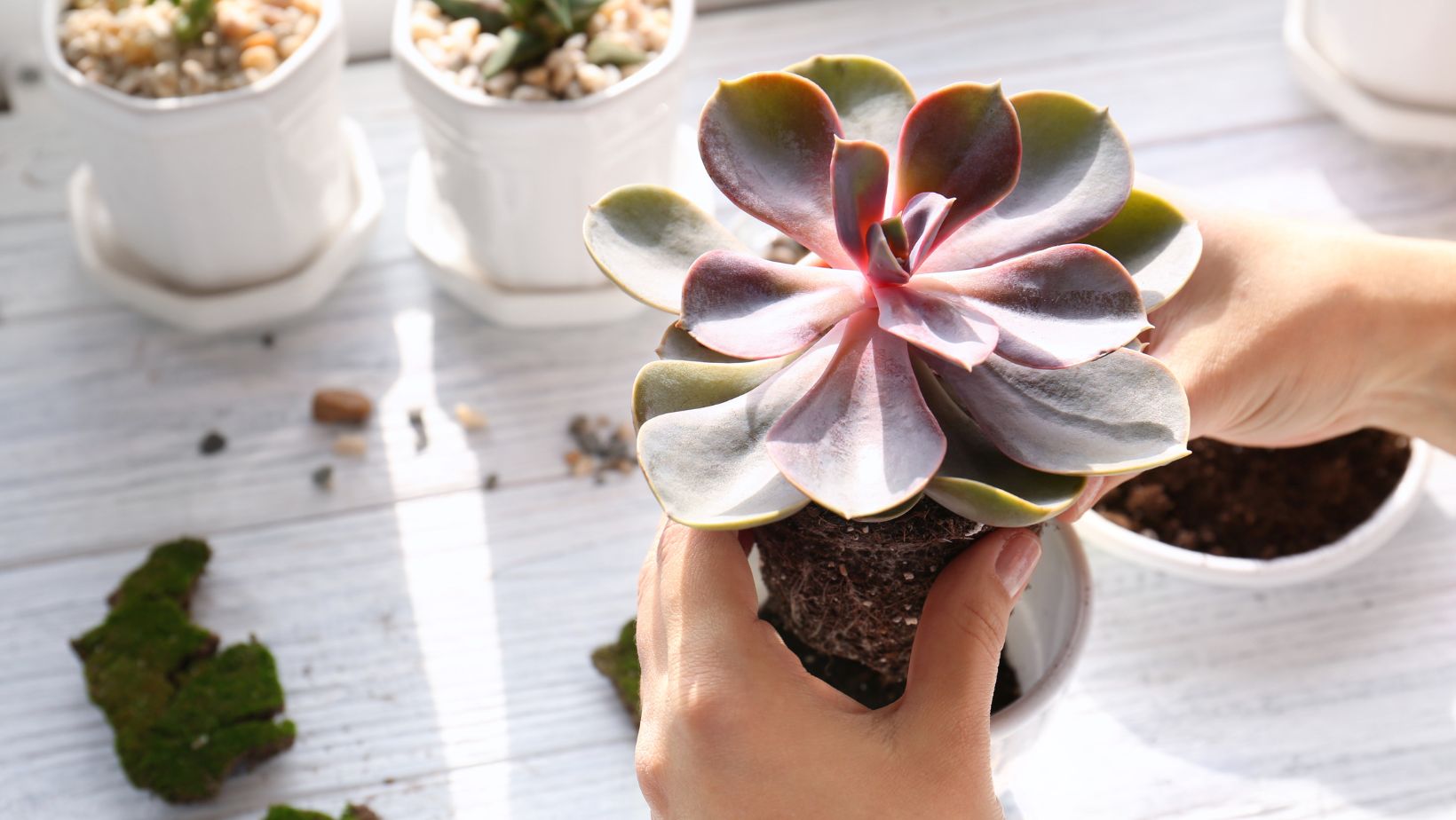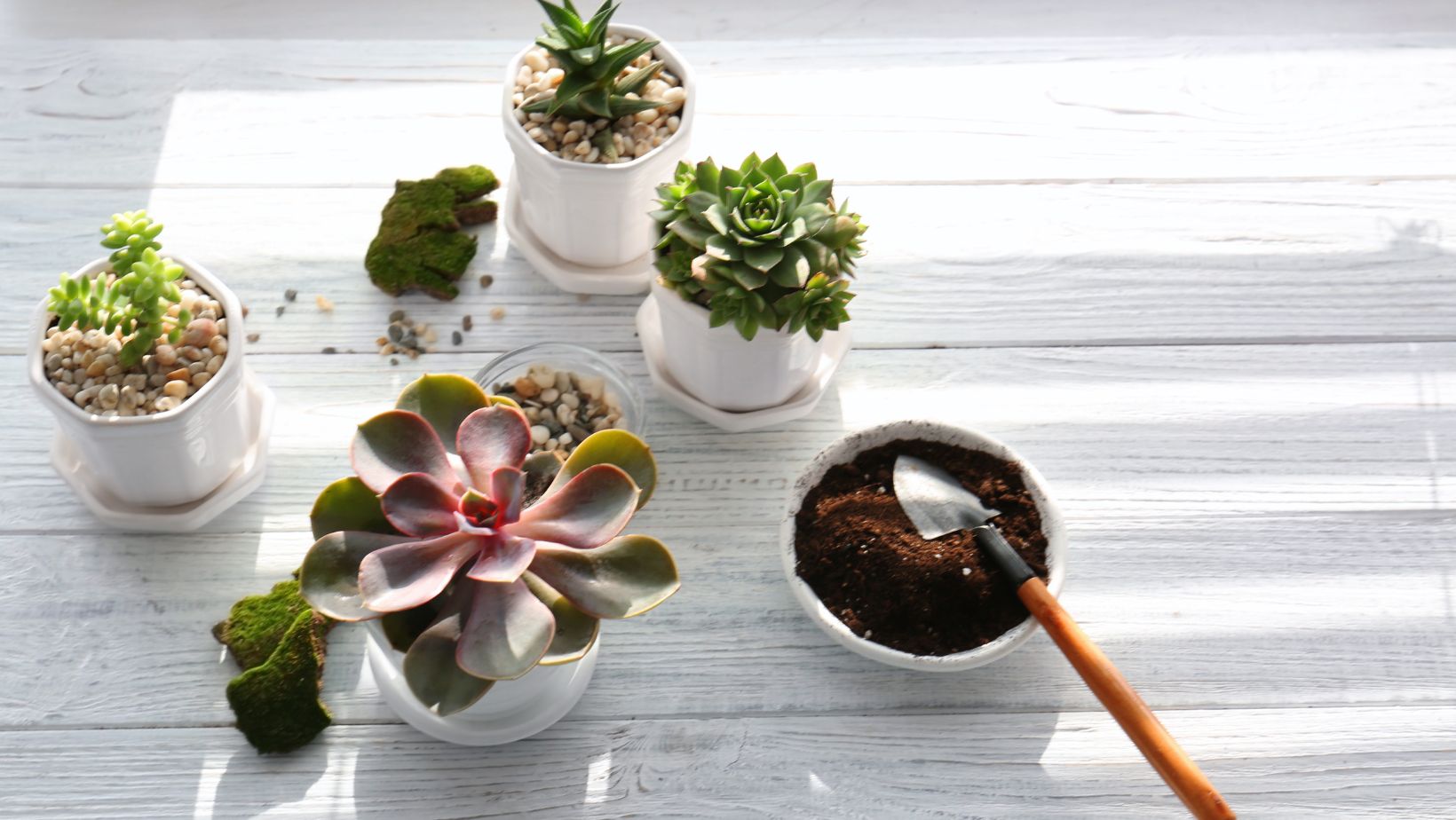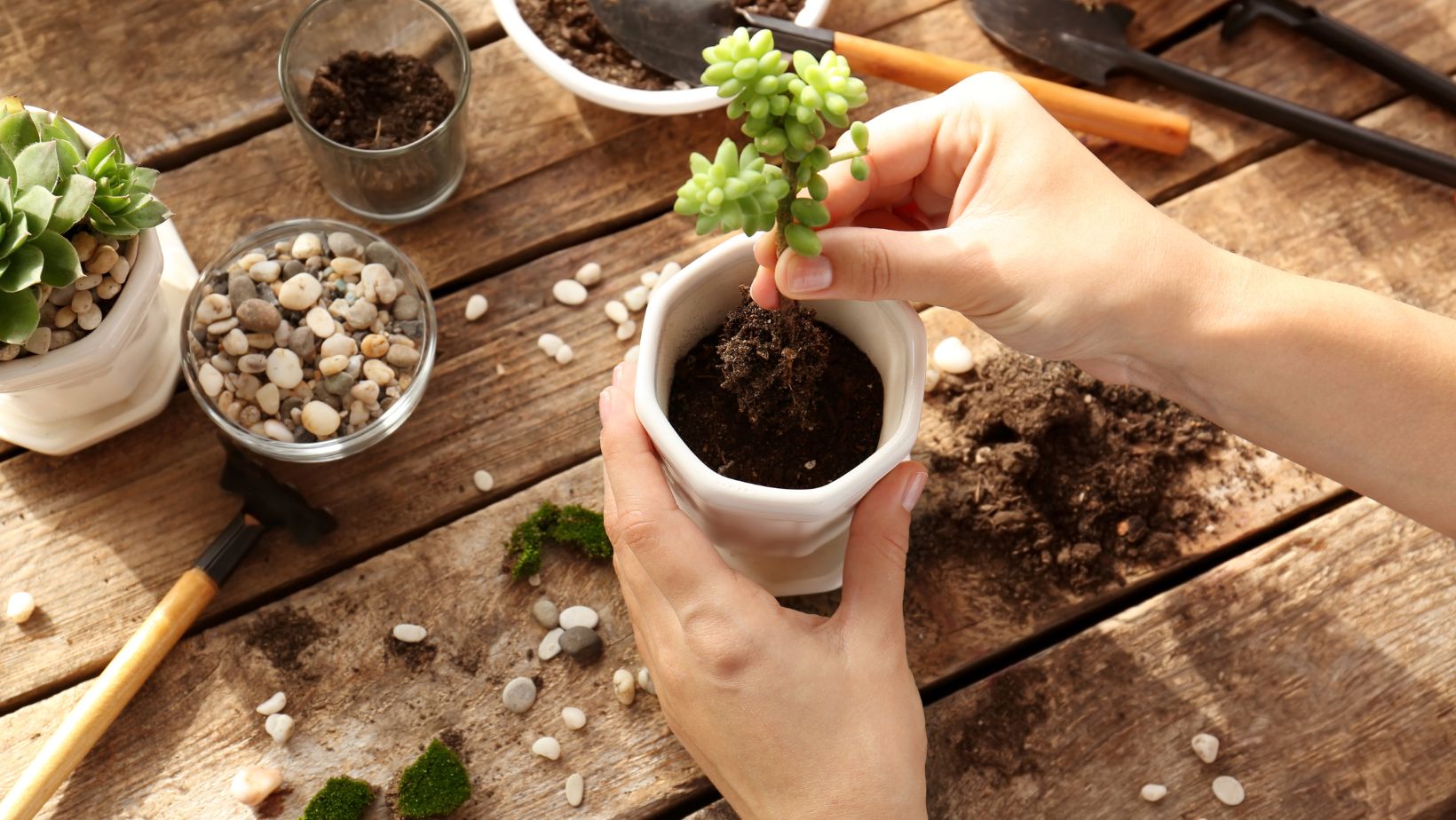
Succulents have taken the gardening world by storm in recent years, and it’s not hard to see why. These charming, low-maintenance plants come in a stunning array of shapes and colors, making them a favorite among both novice and experienced gardeners. One of the key skills every succulent enthusiast should master is replanting. Whether your succulent has outgrown its current pot or needs a little TLC, succulent replanting is a crucial technique to ensure your plants thrive. In this beginner’s guide, we’ll walk you through the art of succulent replanting, step by step.
Why Replant Succulents?
Before we dive into the how-to of succulent replanting, let’s explore why it’s necessary and beneficial. Succulents, like all plants, have specific growth requirements. Over time, they can outgrow their containers, deplete the nutrients in the soil, or develop root issues. Here are some common reasons to consider replanting your succulents:
Overcrowding: When succulents become overcrowded in their pots, their growth can become stunted, and they may not receive adequate airflow, which can lead to mold and rot issues.
Root Bound: Succulents can become root-bound, where their roots outgrow the available space. This can affect their overall health and ability to absorb nutrients and water.
Soil Depletion: The soil in your succulent’s pot can lose its nutrients over time. Replanting allows you to refresh the soil, providing your plants with the essential nutrients they need.
Aesthetic Reasons: Sometimes, you may simply want to change the pot or arrangement to better suit your décor or design preferences.
Now that we understand the why, let’s get into the how of succulent replanting.
Step 1: Gather Your Supplies
Before you start the replanting process, gather all the necessary supplies:
- Succulent(s): The star of the show!
- A New Pot: Choose a pot with drainage holes to prevent overwatering.
- Well-Draining Soil: A cactus or succulent mix is ideal.
- Trowel or Spoon: For scooping soil.
- Gloves: Protect your hands from spines and dirt.
- Small Rocks or Gravel: For additional drainage.
- Optional Decorative Rocks: To top-dress your succulent arrangement.
Step 2: Prepare Your Workspace
Find a clean, well-lit area to work on your succulent replanting project. Lay down newspaper or a drop cloth to make cleanup easier.
Step 3: Remove the Succulent
Carefully remove the succulent from its current pot. Gently squeeze the pot’s sides to loosen the soil, and then tip it upside down, cradling the plant between your fingers.

If the plant doesn’t easily slide out, you can tap the bottom of the pot or use a blunt tool to help loosen the soil.
Step 4: Inspect and Trim the Roots
Examine the succulent’s roots. If they appear overcrowded or encircling the root ball, it’s time to trim them. Use clean, sharp scissors or pruning shears to trim away any damaged or excessive roots. Be mindful not to remove too much; aim to maintain a healthy root system.
Step 5: Prepare the New Pot
Fill the new pot with a layer of small rocks or gravel. This promotes drainage and prevents root rot, a common issue in succulents. Next, add a layer of well-draining soil, leaving enough room for your succulent’s root ball.
Step 6: Repot Your Succulent
Place the succulent into the new pot, positioning it at the same depth it was in the old pot. Fill in the gaps with more soil, gently tamping it down as you go to eliminate air pockets.

Leave a little space at the top to make watering easier.
Step 7: Dress (Optional)
For a polished look and added stability, you can top-dress your succulent arrangement with decorative rocks or gravel. This also helps prevent soil erosion when watering.
Step 8: Water Sparingly
After replanting, resist the urge to water your succulent immediately. Succulents prefer slightly dry conditions, so wait a few days before giving it a small amount of water. Once you do start watering regularly, make sure not to overwater, as this can lead to root rot.
Step 9: Place in Ideal Conditions
Finally, find the right spot for your newly replanted succulent. Most succulents thrive in bright, indirect sunlight. Gradually introduce your plant to its new environment to avoid sunburn.
Congratulations! You’ve successfully replanted your succulent, giving it a fresh start and a better chance to thrive. With the right care, your succulent will reward you with its unique beauty and resilience.
Conclusion
Succulent replanting is a valuable skill for any succulent lover. It ensures the health and longevity of your plants while allowing you to create stunning arrangements. Remember to monitor your succulent’s growth and consider replanting whenever necessary to keep them happy and flourishing in your garden or indoor space. Happy replanting!


















